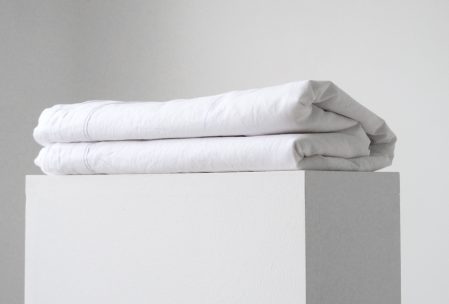Drawing and Loss

TRACEY: Call for journal papers
Guest Editor: Dr Tamarin Norwood
Drawing is typically imagined as an additive, connective and creative process. Adding marks to paper sets up a mimetic lineage connecting object to hand to page to eye, creating a new and lasting image captured on the storage medium of the page. Or does it? A strand of art historical thought from Pliny to Derrida emphasizes what is lost in drawing, exploring the drawing process as a phenomenon that begins from a point of blindness or looking away and proceeds from a perspective of extreme myopia. Implicit in the myopic movement of the stylus is loss of perspective, direction, intention or foresight, such that drawing can be imagined to proceed in a state of not knowing. This changed perspective can result in the conceptual loss or retreat of the thing being drawn, as it is objectified and even dissected—literally or metaphorically—by the person drawing, who might themselves feel alienated from their object by this process. Finally, the work of paper conservation shows us that the storage medium of the page is anything but stable, and far from storing an image, can suffer damage and loss of its own without monitoring and periodic intervention in the archive.
This special issue aims to reflect upon the dynamic relationship between drawing and loss, taking a multidisciplinary approach to integrate otherwise heterogeneous connections to this often neglected aspect of drawing. Potential contributors might arrive at the subject through fine art, philosophy, conservation, the study of death or memorialization, taking a theoretical, historical or practice-based approach to such issues as:
- The losses and gains brought about by the myopic quality of the drawing process;
- How drawings or drawing processes might mitigate against loss, by memorializing or standing in for the deceased or departed;
- The effect of a drawing upon its object, or the dynamic between the life of the drawing (in process, and once completed) and the life of its object;
- The material, affective or ethical dynamics of learning to draw in the anatomy class or the life class;
- How material loss and damage is approached in conservation, and how this might nuance our understanding of the drawing as a memorial, or of the page as a storage medium.
TRACEY would like to invite the following submissions in response to the theme:
Full academic papers between 4500-5000 words to be submitted through TRACEY’s online submission portal: https://ojs.lboro.ac.uk/TRACEY/about/submissions
Please ensure that you use the template for your submission, which can be downloaded from the submissions link above.
Deadline for all submissions: Friday 30th October 2020
Please include the following information for papers:
Author(s)
Institutional Affiliation (if appropriate)
DRAWING RESEARCH NETWORK
hosted by TRACEY at Loughborough University